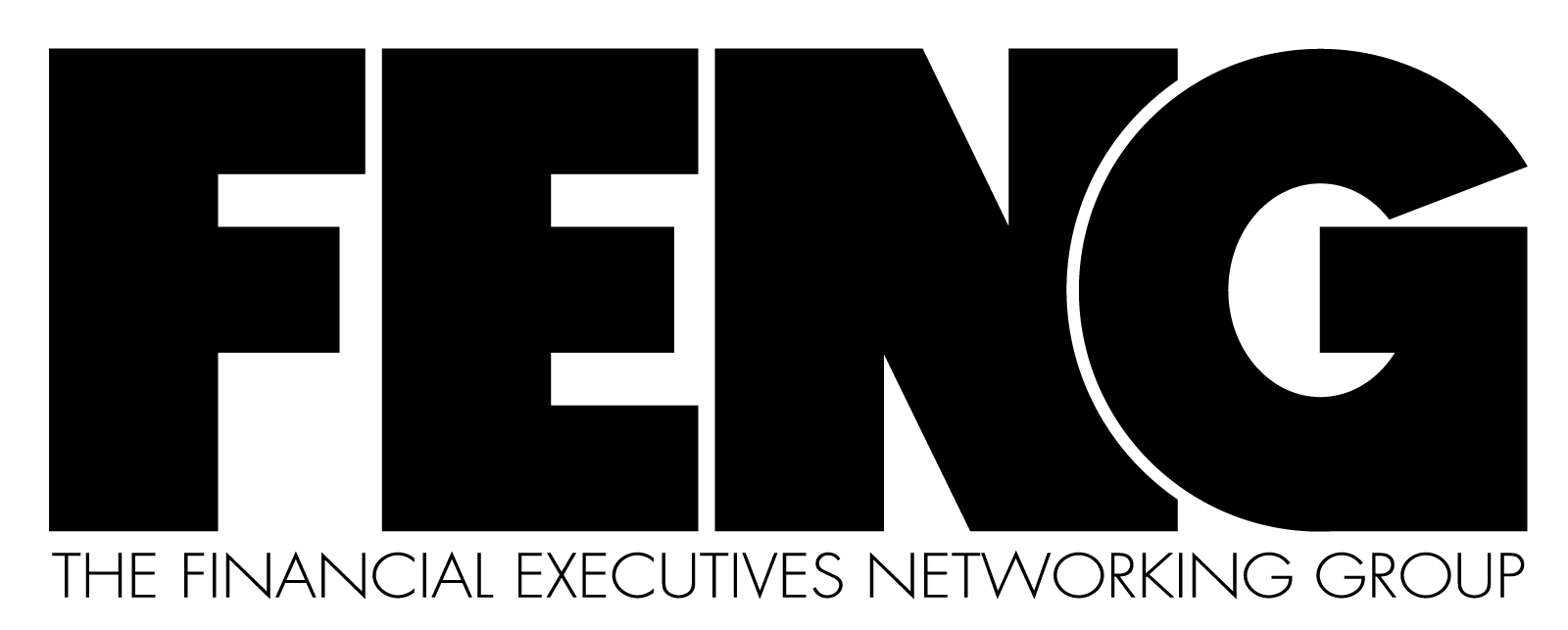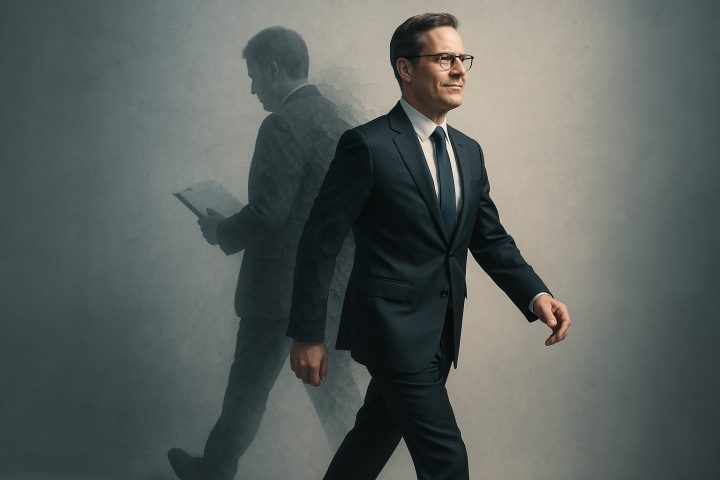When procurement executive Ryan Bradford’s role ended at The New York Times last May, he was a once-every-few-months LinkedIn visitor, and he couldn’t remember his last post. Fast forward six months to this past November, and he’s a sought-after speaker and digital communicator extraordinaire. How did he manifest this thought leadership journey? What lessons are there for the rest of us jobseekers? I spoke with him recently to find out.
Laura: So, Ryan, what got you started on LinkedIn?
Ryan: Well, like so many people I was encouraged to get more active and engaged with my network. I started writing content, mostly on LinkedIn, and I found out that I liked it!
Laura: How did you get started, though? For most people writing, especially engaging writing, is a tough mountain to climb.
Ryan: Well, it started with reading actually. I was on LinkedIn a lot more than I had been, mostly consuming content, reading what other people posted. In my industry, procurement has been done the same way for a long time. I saw people writing about the work, and some of that content I didn’t agree with. I also had some ideas about how it could be done differently. It turns out, when you have a clear idea for something new, it’s not that hard to express it clearly.
Laura: Did your LinkedIn posts connect you in ways you hadn’t expected?
Ryan: I was doing some networking as well, but I think it was someone who read one of my posts that referred me to their contact, who was looking for conference speakers in my space. I will say that when they asked me whether I preferred to be on a panel or speak solo, I decided to make the leap and do the solo speaking engagement. It made me more uncomfortable for sure, but that was how I knew it was the right choice!
Over the next few weeks, I worked hard to prepare the content. I was pretty nervous – it was my first time doing anything like this. When the time came though, I gave the presentation, and it went over really well!
From there it has only grown. An attendee at that first session suggested me for another conference to talk about procurement operations models. It has built from there, and I now have four or five engagements coming up next year! My message, basically that procurement needs to improve and start with what the customer needs, and not with the systems that are already in place, has been a long time coming. Technology, AI in particular, is all over the news and all over the job market! But I strongly believe that in procurement, technology needs to be layered on. In most cases, the systems (the existing procurement tech stack) that are in place are capable of addressing the customers’ needs. The approach is what needs adjusting. This is one space where AI isn’t the answer – or at least not the whole answer.
Laura: You said you were writing mostly on LinkedIn. Tell me about the other thought leadership work you’ve been doing.
Ryan: Sure, happy to. I just published an article with Sandra Leyva for her platform, Sustainability Decoded, which should be republished in the next few months in the Financial Executives Journal. I have a couple podcasts coming up and was recently interviewed for inclusion in a top 10 list for my field.
Laura: What advice would you have for someone who wants to follow in your footsteps, in their own area of expertise?
Ryan: Read what’s out there among experts in your field. I started with my industry associations. Is there something you’d say or do differently? If you’re comfortable writing, start there. Make your messages accessible (try to incorporate charts or graphics – stay away from long chunks of text), and when you feel ready, share your perspective.
I will say that I didn’t stop networking in person when I started writing. I think it was a combination of the two that landed me these opportunities.
Of course, some of this depends on your field and how trends are developing, too. For me, the time was right in procurement. Most people don’t think too much about changing long-standing approaches to the way they do business, but I would encourage people to step away from what they’ve done in the past and think about how they’d want to do it differently. Just blue sky it and see what you come up with.
I also suggest doing those things that make you uncomfortable. When I was asked to participate in the first conference, I would’ve been uncomfortable even being on a panel, but I would’ve felt safer. Since I had an idea that I wanted to present, I decided to go whole hog and just present it. I was really nervous, but after I did it and it was well received, it was well worth it.
Laura: Thank you for those insightful suggestions, Ryan. I’m grateful to have met you in one of those networking sessions we’ve all been frequenting. All the best in your search, and in your leadership journey!








